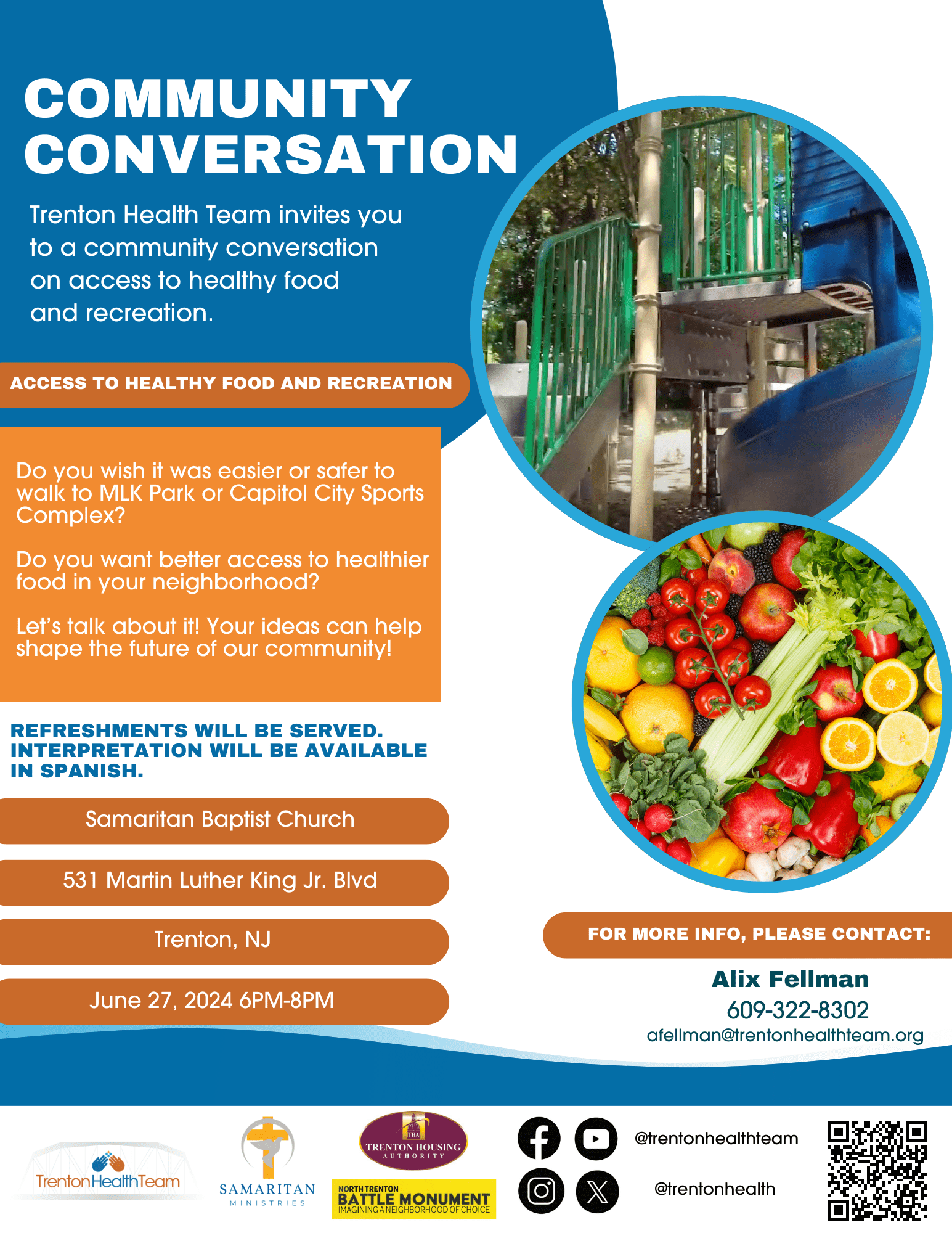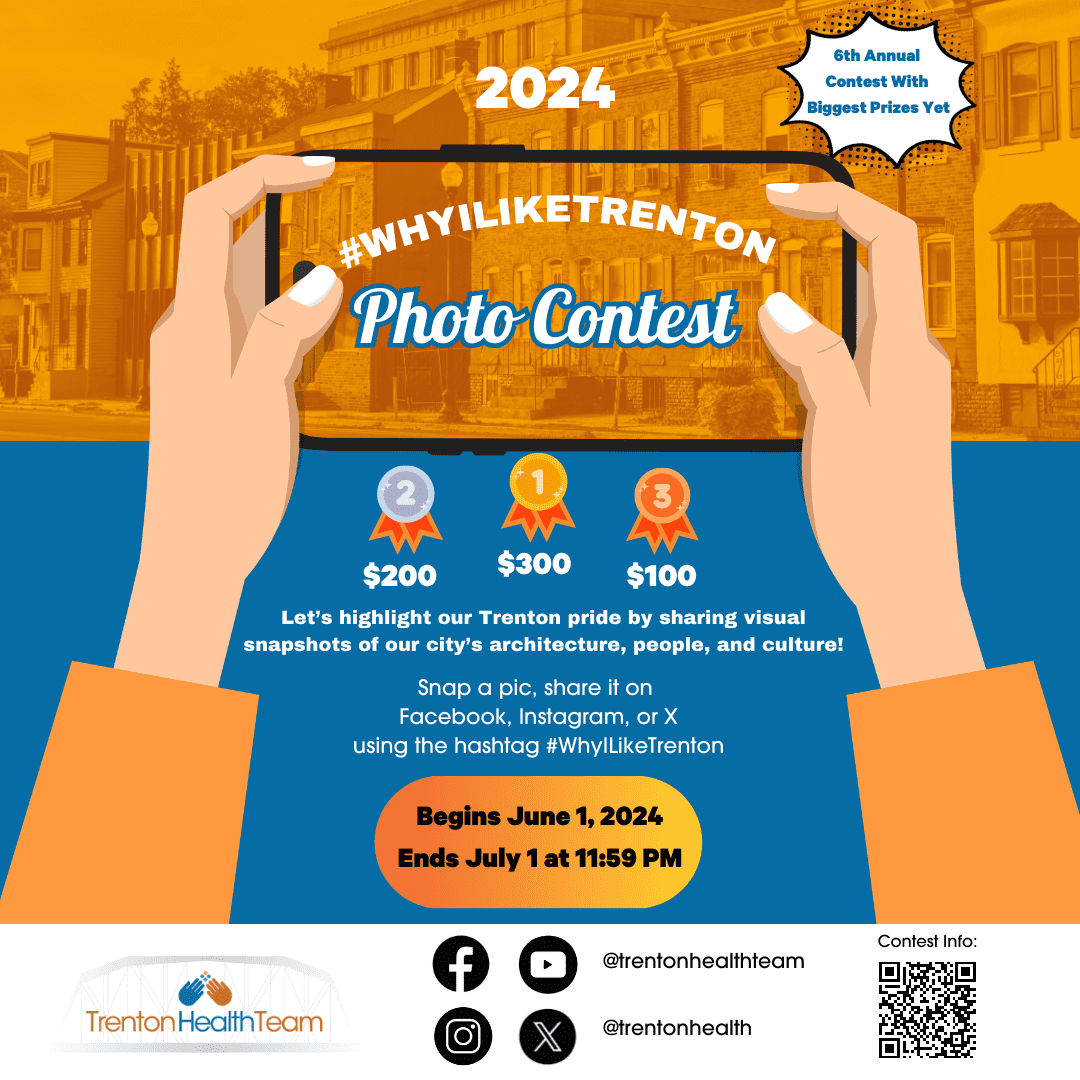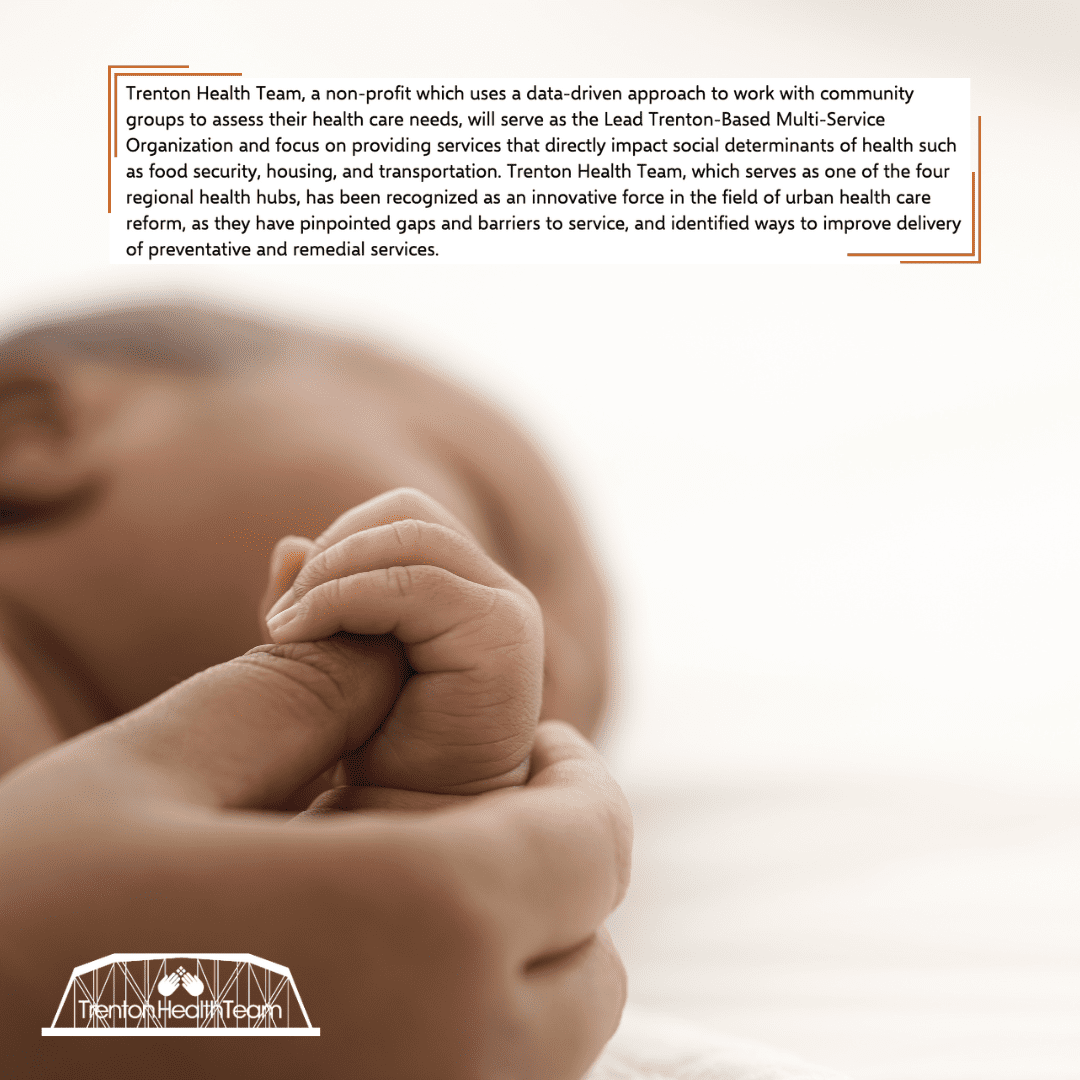Changing Face of Healthcare in NJ
Health teams in Trenton, Camden and Newark seek to treat neediest patients, lower overall medical costs
TRENTON – Three health-care groups in Trenton, Camden and Newark that are leading efforts to identify and treat their city’s neediest patients have, at the same time, discovered a way to lower overall medical costs, forming alliances that could change the face of health care around the state and across the country.
“This is not poverty work. This is health-care system transformation work,”said Dr. Jeffrey Brenner, the founder and executive director of the Camden Coalition of Health Care Providers. His findings in working with the poor could translate directly to the care of the growing population of baby-boomers, he said.
Brenner has received wide recognition for using hospital records – and a method originally designed to model crime patterns – to identify “high-cost hot spots, areas that have high concentrations of patients who overuse emergency rooms for medical care.
Brenner refers to these patients as “high utilizers,” and what he and others have found is that you don’t have to be poor to become one.
“I think what you’re seeing in New Jersey, and across the country, is a growing recognition that things are going to change. Up in Trenton, they’ve got a nonprofit forum, the Trenton Health Team,”said Brenner. “We are sister organizations. We are on the phone all the time with their staff. They have a high-utilizer team in the field. We took their claim statements and mapped them, and it showed there were places in Trenton that were high-cost hot spots.”
The Trenton Health Team, an alliance between the city health department, Capital Health System, Henry J. Austin Health Center and St. Francis Medical Center, found that hot spots around the Rescue Mission of Trenton and the Trenton Area Soup Kitchen were smoldering.
450 ER visits in a year
Over the course of a single year, the patient with the most emergency rooms visits in the Trenton area was admitted more than 450 times, racking up medical costs of roughly half-a-million dollars, said Christy Stephenson, the president of the Trenton Health Team and executive vice president for strategic and clinical transformation for St. Francis Medical Center.
“On that specific case, the Mercer Alliance to End Homelessness, Greater Trenton Behavioral Health, Catholic Charities, the Mercer County Board of Social Services – individuals within all of those organizations came together to help fashion a solution for this person,” Stephenson said.
Brenner and Stephenson have made some unlikely discoveries in their work, finding ways to improve care without medical intervention, and uncovering parallels between the costs and complexity of care of poor patients and the costs and complexity of care for aging patients.
Brenner said that providing coordinated, data-driven care for the most complex urban patients has come ahead of addressing the problems of complex aging patients, because right now, the poorest patients are putting the most strain on the system. In years to come, the impact of millions of aging baby boomers entering the health-care system will eclipse the hospitalization rates of urban poor, he said.
Team treatment model
“While we’re starting in Camden, Trenton and Newark doing this kind of work, it has much broader applicability. This is just about how you deliver good care. It doesn’t matter where you are,” Brenner said. “The teams that can deliver good care to homeless, drug-addicted, mentally ill patients with heart failure and diabetes are going to look like the teams that will be taking care of your mom and my mom and other baby-boomers in the suburbs.
“The first baby boomers to fall apart are baby boomers in Trenton and Camden, not surprisingly, and so in some ways the problem that we’re beginning to tackle is a national problem,” Brenner said. “We’re just seeing its arrival first in poor communities, because poor people fall apart first because of the challenges of their lives.”/p>
In providing treatment for Trenton’s highest utilizer, the Trenton Health Team coordinated with counselors, social workers, and administrators to secure housing for their homeless patient, who, in the year following the health team’s intervention, went to the E.R. just 26 times, Stephenson said.
“By working on this subset of the population – these really high-utilizing patients – and by creating teams that aren’t necessarily dominated by health professionals, but professionals in housing and behavioral health, when we all get together and partner, we can figure out solutions,” Stephenson said. “The partners, in improving this particular individual’s life situation, were not only able to improve her quality of life but were also able to reduce waste and cost to the system.”
Brenner’s research in Camden found that the cost of the top 5 percent of high-utilizers to city hospitals represented about 20 percent of overall hospital costs for utilization. “In Trenton we found something similar to be true,” Stephenson said. “In Newark we found the same, and it replicates in urban areas across the country.”
A boomer “freight train”
Though the needs of younger high-utilizers from urban areas will likely prove different from those of much older high-utilizers in the suburbs, offering coordinated care will be common to the future treatment of both groups, Brenner said.
“The way that we’ve been paid, hospitals set very high prices if you cut, scan, zap or hospitalize patients and a very low price if you talk to patients, educate patients, or if you do care coordination,” Brenner said. “Right now we]re in a race against time. In the next five or 10 years, we’d better get this figured out, because we have this freight train filled with 85 million baby boomers headed to the most expensive system in the world that will cut, scan, zap and hospitalize them at rates they have never seen, and that will just drive costs up and up and up.”
For aging baby boomers, coordinating healthy behaviors such as eating well, exercising and stopping smoking will be of greater benefit than allowing them to simply carry on until a moment of crisis followed by a trip in an ambulance, Stephenson said.
“What we’re recognizing, not just for the super-users but for people in general, is that it is far better to be healthier and work on preventive health issues and catch things early than it is to wait until people have an urgent need for the hospital.”
A fundraising event for the Mercer Alliance to End Homelessness on Wednesday at Bristol Myers-Squibb in Princeton will feature Brenner as a keynote speaker. Both Brenner and the alliance will be honoring the Trenton Health Team for their work in prioritizing the health care of individuals experiencing homelessness.
About the Trenton Health Team
Trenton Health Team (THT) is an alliance of the city’s major providers of healthcare services including Capital Health, St. Francis Medical Center, Henry J. Austin Health Center and the city’s Health Department. In collaboration with residents and the city’s active social services network, THT is developing an integrated healthcare delivery system to transform the city’s fragmented primary care system and restore health to the city. THT aims to make Trenton the healthiest city in the state. Support for the Trenton Health Team was provided in part by a grant from The Nicholson Foundation. For more information, visit www.trentonhealthteam.org.










